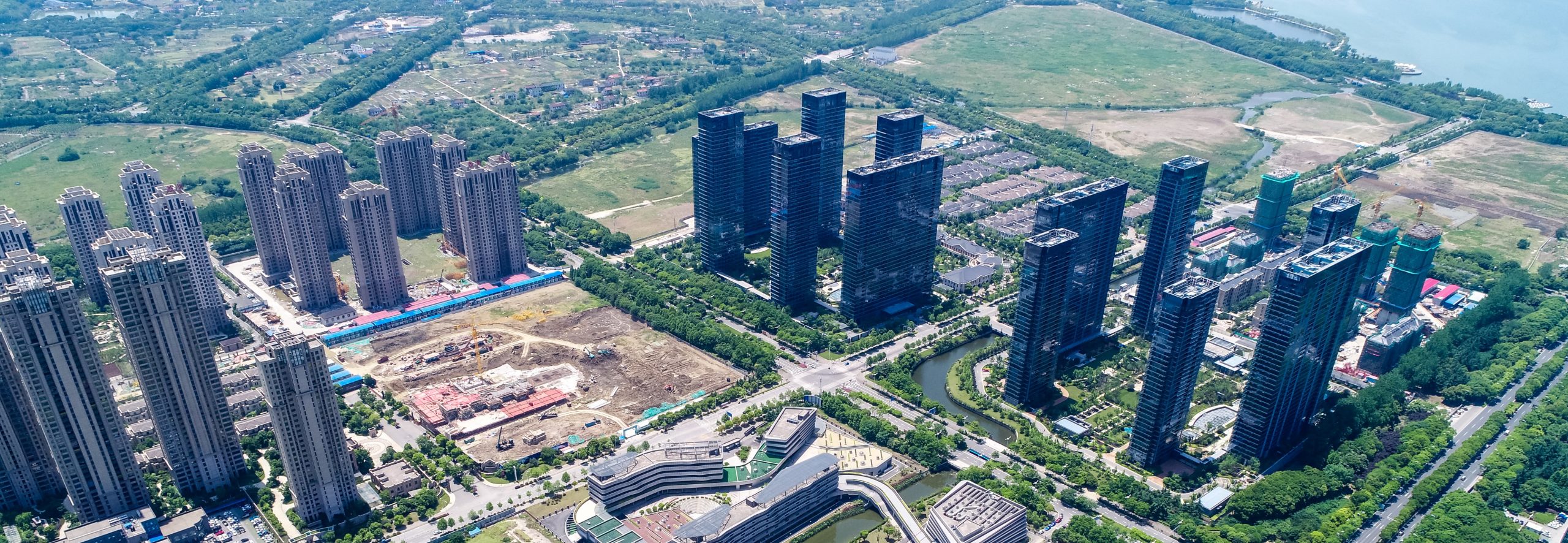

Your unique needs and preferences are at the forefront of every transaction. We work closely with you to tailor our services to match your goals and aspirations.
"With years of experience serving, we have an in-depth knowledge of the local real estate markets, neighborhoods, and trends. We're here to help you find the perfect properties or sell your homes at the best possible prices.
Trusts are the cornerstones of our business. We uphold the highest ethical standards, providing transparent and honest guidance throughout your real estate journey.
To schedule a showing or ask questions please contact us using the form below.

